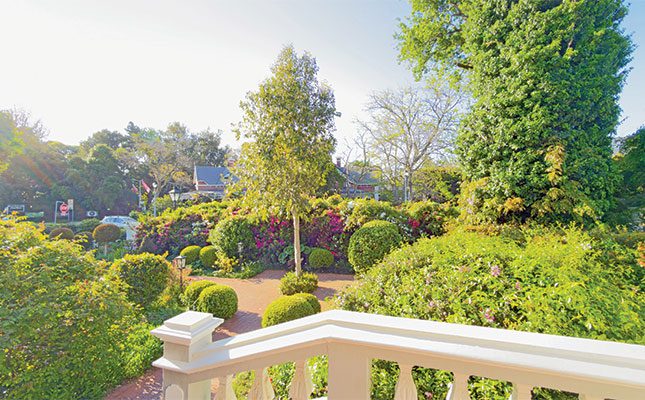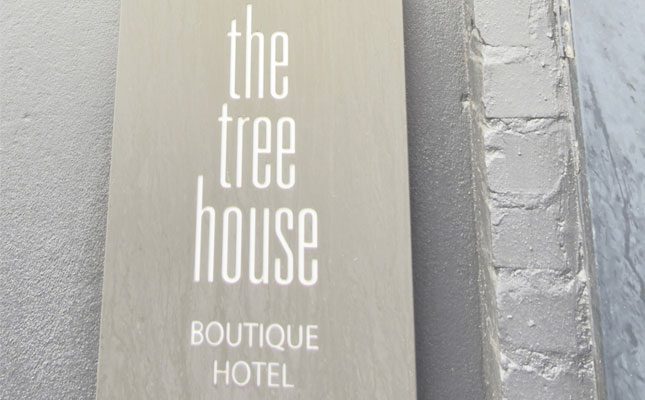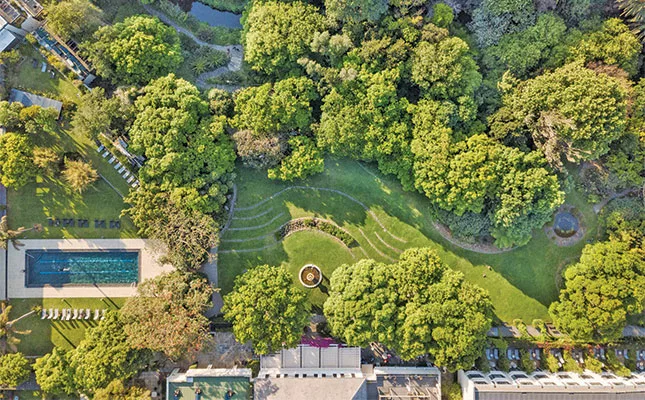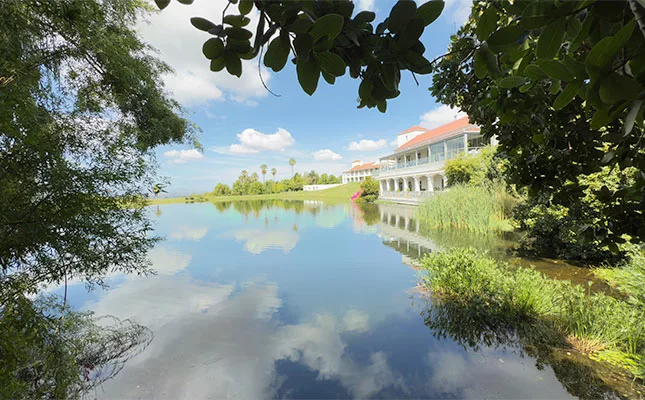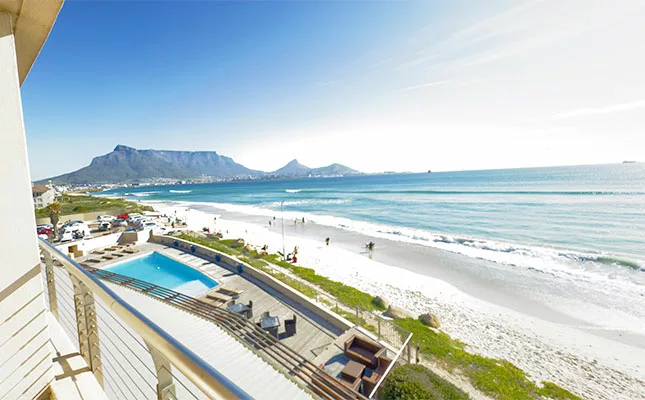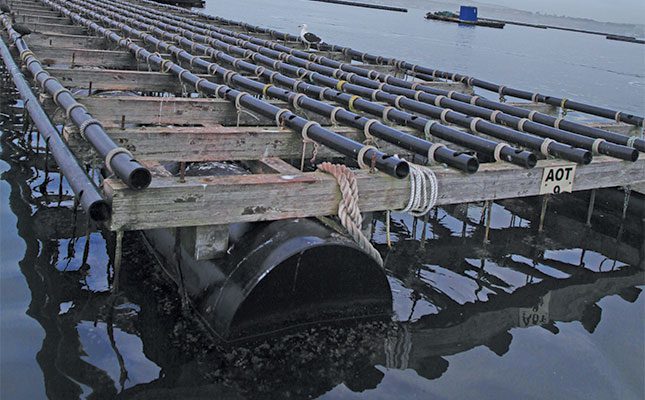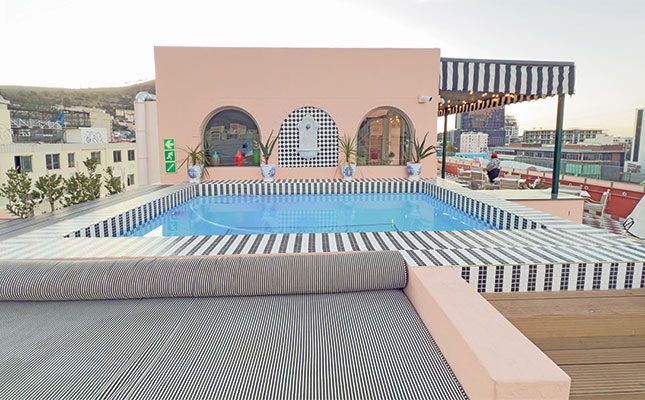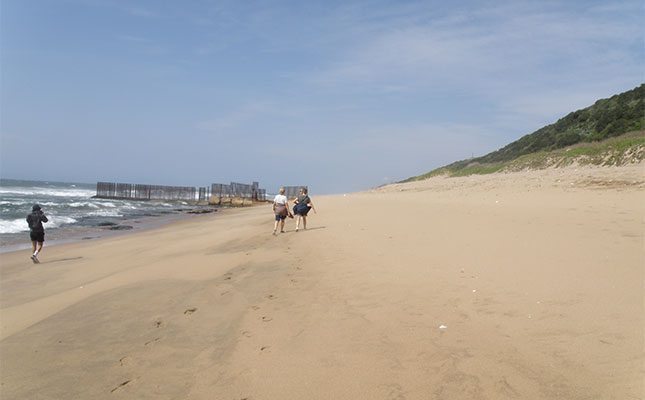
Photo: Yvonne Fontyn
The tour to the derelict Old Whaling Station in The Bluff, KwaZulu-Natal, is one of the most popular offered by Durban Walking Tours (DWT), even though, thankfully, whaling was outlawed in South Africa in the 1970s.
Clearly, this relic of a now abandoned industry holds a strange fascination.
You have to book early to get in, our tour leader, Ruth Hagen, told me when I went in November 2024.
Like many other DWT tours, this particular one cannot be conducted every month, as permission for every outing must be obtained from the South African National Defence Force, which owns the land.
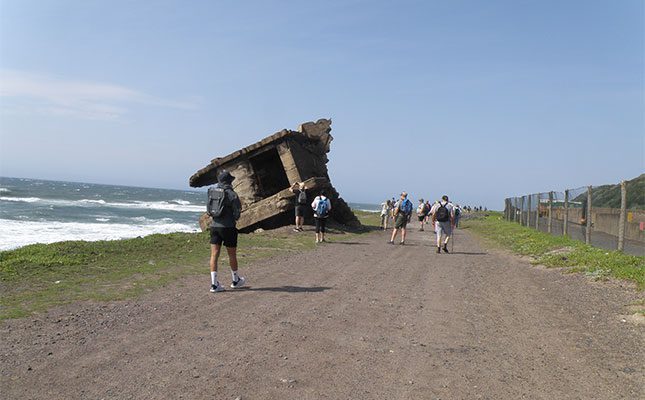
In October 2019, the World Cetacean Alliance announced that The Bluff had become the world’s first certified whale heritage site. Announcing upcoming tours to The Bluff whaling station, DWT says in its newsletter that, during its years of operation, it was one of the largest land-based whaling stations in the world. Established in 1907, it continued operations until 1975.
“At its peak in 1965, it processed over 3 640 whales killed by its fleet. In the early 1900s, it became common knowledge that more whales passed closer to Durban’s shores than any other coastal city in the world,” according to the newsletter.
Huge incentives
The Union Whaling Company (UWC), founded by Norwegian-born businessman Abraham Larsen, was the main operator and offered crews huge incentives.
“In a year, a worker could make enough money to buy a car and pay for a year’s study at university,” explains Hagen.
It was one of the first whaling stations to be established.
In his book on the whaling company, titled A Whale of a Time, former general manager Peter Froude notes that in 1952, a gunner earned £25 000 (about R15 million today!) for three months’ work, with senior personnel on the factory ship being accommodated in some comfort.
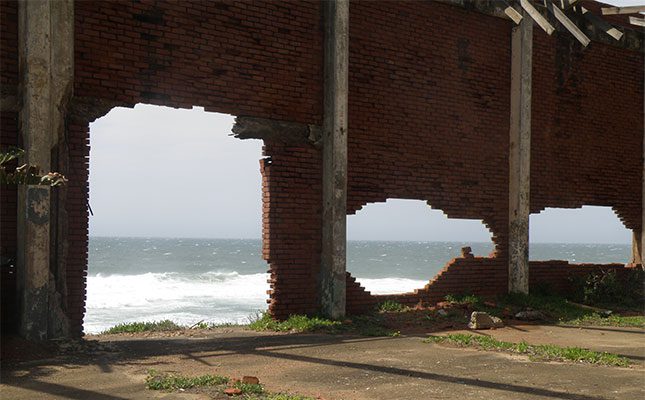
In an interview with Tanya Waterworth for IOL, he tells how, as a teenager, he would visit the whaling stations and watch the whale catchers coming into the Durban harbour.
He went to work for the company, starting in the UWC laboratory as a university student during holidays, and working his way up.
During the 1960s, conservationists justifiably raised alarm over the massive reduction in whale populations, bringing to an end the bloody trade, at least in the Western world. It has been banned in its entirety in South Africa since 1979.
The walking tour begins with a meet-up at Maha Café at 5 Mahatma Gandhi Road on the Point Waterfront, with dishes like seared hand-cut carpaccio and pulled-pork tacos on the menu.
The tour left at 7.30am, but a word of advice: get there with at least 10 minutes to spare, as you need time for orientation.
The first stop is a 30-minute slog through the harbour entrance channel, which is 222m wide at its narrowest point. It’s dark and dingy, so you’ll need a torch.
On the other side, however, are sunshine and endless views of the clear, blue Indian Ocean.
Setting off
We gathered at a small heritage site that commemorates the World War II gun emplacements, where Hagen gave us some background, then set off for the magnificent coastal walk.
En route were some interesting sites, such as the remains of Cave Rock, which was reportedly dynamited in the 1940s by the South African War Department. It was a large sandstone formation that once stood proudly at The Bluff headland, according to Durban writer and illustrator Graham Leslie McCallum.
We also spotted a commemorative plaque with an amusing inscription, dedicated to a deceased army colonel who liked to fish there. It reads: ‘Die Kolonel se Gat. In loving memory of Colonel JCJ Louw. 07/03/1959–25/01/2019’.
This is a long trek for those who are not used to hiking, and the tour organisers do stipulate that participants should wear good walking shoes, have a fair level of fitness, and bring a hat and a good supply of water. To get to the whaling station itself, there’s a bit of a climb onto a steep bank.
Sombre atmosphere
We threaded our way through the eerie, derelict buildings that once made up the whaling station. Hagen pointed out the former head office, other offices, laboratory, workshop buildings, meat meal store, staff accommodation, boiler house and plants, kitchen, dining room, and the cannery.
Many of the buildings are covered in graffiti and all are crumbling, giving the place a sombre atmosphere.

We were shown the flensing area, where the animals were brought ashore and their carcasses stripped, as well as the huge storage areas. Here, some of the bricks have been removed, creating portholes with a view of the thrashing sea just outside.
Although the Old Whaling Station has been declared a world heritage site, it is not being maintained. Clearly, people were living in the buildings, despite the missing roofs on many of them, there was a lot of rubbish lying around, and we could smell fires smouldering.
There was a bit of time allowed for wandering around, taking pictures, and just soaking up the history of the place. Afterwards, we posed for a group picture before starting to make our way back at about 10.30am.
I’m not sure when the wind started picking up, but by the time we got back down to the beach, the waves were barrelling in, leaving a small margin for walking.
Step by step, it became very hard going, more excruciating as the wind and sand rushed at us, getting in our eyes and stinging our skins. Hagen said that in all the tours she had conducted, she’d never experienced anything like it.
Shielding our faces from the onslaught, we made our way back. As we climbed back up the steep bank and it became obvious that most of us wouldn’t make it unassisted, it turned into a group effort, with some burly types at the bottom giving us a heave up, and some willing types at the top grasping our hands and pulling us over the top.
Some in the group formed a welcome party, loudly cheering each person as if we’d all just run the Comrades Marathon. That was a heart-warming end to the tour, as most of us went our own way at our own pace after that.
Since going on the tour, I have often reflected on what a surreal experience it was and how it has stuck in my mind. I can indeed see the fascination in walking around an old whaling station.
For more information visit durbanwalkingtours.co.za.

